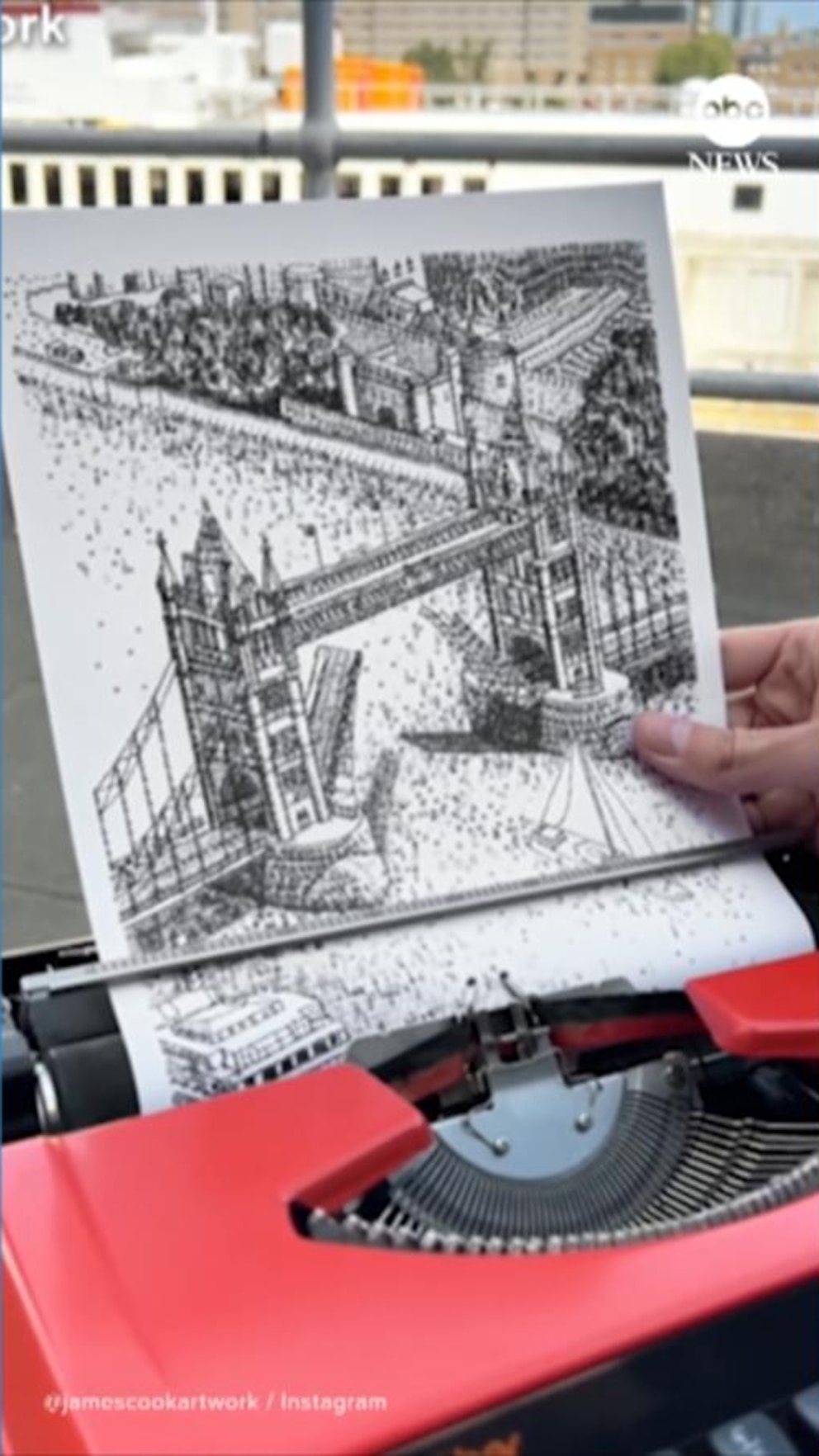Russia-Ukraine live updates: Blinken warns China is ‘contemplating lethal assistance’

One year ago, with Ukraine’s borders surrounded by what seemed to be a superior military force, many U.S. officials and analysts predicted a swift Russian blitz to Kyiv.
But after Russian President Vladimir Putin sent his more than 150,000 arrayed troops across the border, it soon became clear that a dual reassessment was in order: The Russian invaders were less potent than advertised, and the Ukrainians were unexpectedly stubborn and wily in the defense.
Some of the Russian troops weren’t even aware they were on a combat mission until Ukrainian bullets came cracking past them, according to U.S. officials. Meanwhile, Ukrainian forces stalled a massive Russian supply convoy through direct attacks and by destroying a key bridge. Only one week into the invasion, Putin’s men were plagued with food and fuel shortages, morale running similarly low.
Kyiv stood.
“Putin assumed that Ukraine was an easy target, Putin assumed that Kyiv would easily fall, and Putin assumed that the world would stand by,” U.S. Secretary of Defense Lloyd Austin said during a speech in Brussels last week. “But the Kremlin was wrong on every count.”
Ukrainian forces were armed with more than grit.
They also had years of U.S. and NATO military training, plus American-made weapons, like anti-armor Javelins and anti-aircraft Stinger missiles. These made Russian vehicles vulnerable to ambush, and left Russian helicopter and jet pilots wary of flying over Ukrainian positions. Indeed, many airmen did not return from their sorties.
Despite astonishing losses of soldiers and vehicles, Putin has shown no inclination to end the conflict anytime soon. And despite its tenacity, Ukraine has also taken significant casualties, and is not able to produce enough of its own weapons and ammunition to keep up the fight.
Ukraine, after thwarting the advance on its capital, and later routing Russian forces from Kharkiv, now largely faces a battle of supply.
“When this war began, Russia had a larger population, a much bigger defense budget, a bigger military, bigger industrial base. So, this became an industrial war and a war of industrial bases,” said Seth Jones, director of the International Security Program at the Center for Strategic and International Studies. “This is why Western industrial support has been so critical.”
A key question now is, despite massive military aid packages and a promise to send even more, could the U.S. strategy ultimately result, not in a Ukrainian victory, but a stalemate in a years-long war of attrition?
-ABC News’ Matt Seyler
Source: abc news














